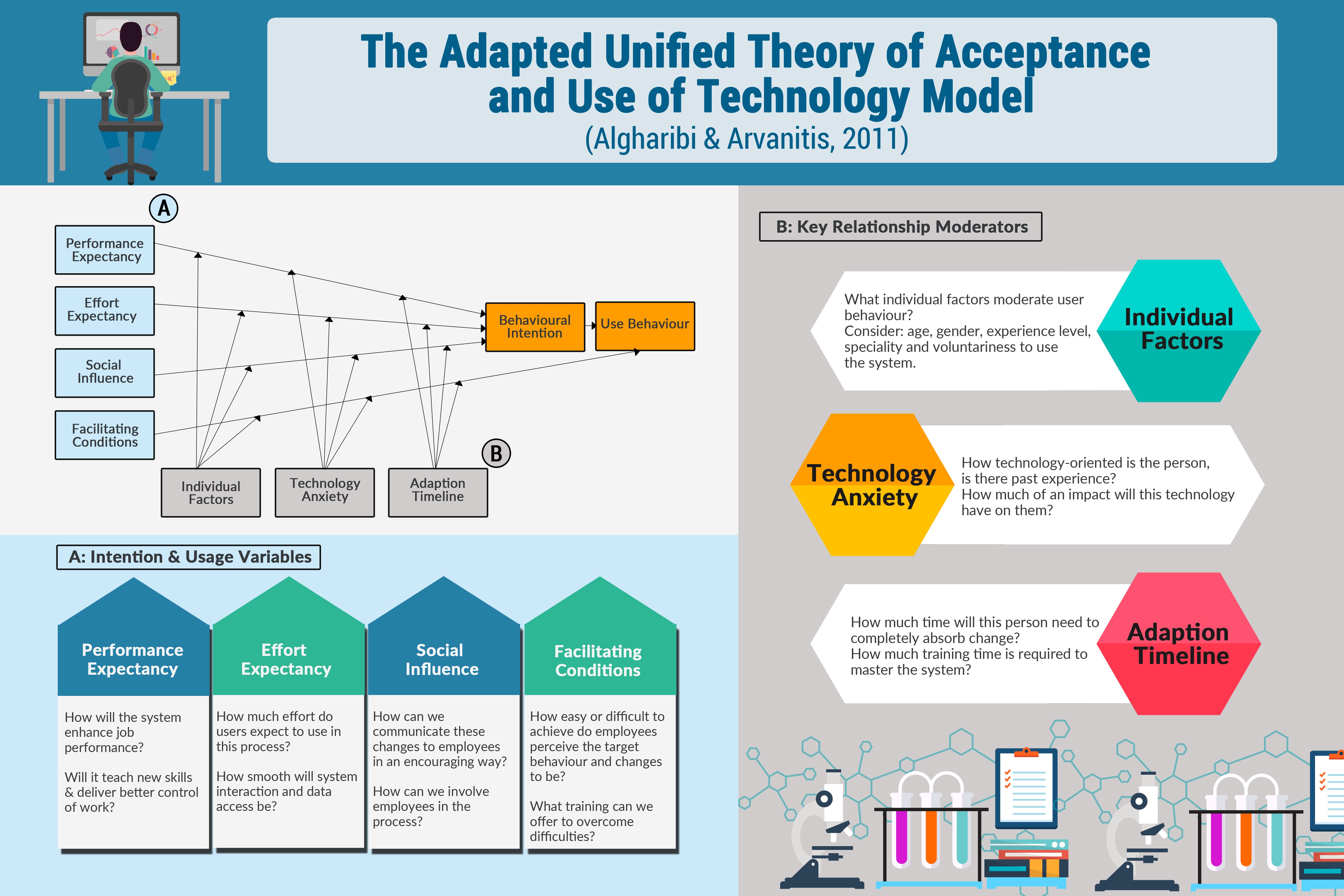Adopting new technologies requires a cultural shift. These shifts do not happen overnight; they take time, for users to experience a learning curve and gain confidence in the new system. Technology use may be inevitable, but it should be managed nonetheless. Research relating to the theory of technology acceptance is ongoing and inconclusive. It refers to concepts in consumer behaviour, the diffusion of innovations, psychology and many more. With more literature available on why and less on how to, we put together an infographic to assist organisations to plan for and encourage technology acceptance.
Topics: New technology, eAssessment, technology resistance,, technology acceptance,, theory of technology acceptance
In her diary published in 1947, Annelies Marie Frank remarked; paper is patient. It doesn’t hurry, judge, or criticise. In the world of assessment, rounds of exams and corrections generate thousands of paper forms. Paper may be readily available but it introduces a range of potential errors, draining time and financial resources. Introducing efficiencies and new learning tools can seem like a means of simply taking up more time. In reality, eassessment, emarking and digital scoring technologies significantly increase reliability and validity. In Marketing, the Diffusion of Innovation was developed to illustrate how ideas and new technologies spread in societies. The two most innovative categories are the quickest to adopt a new idea, and represent only 16% of the population collectively. How do we help the remaining 84% to adopt new technologies in a similar time frame?
Topics: New technology, eAssessment, technology resistance,


